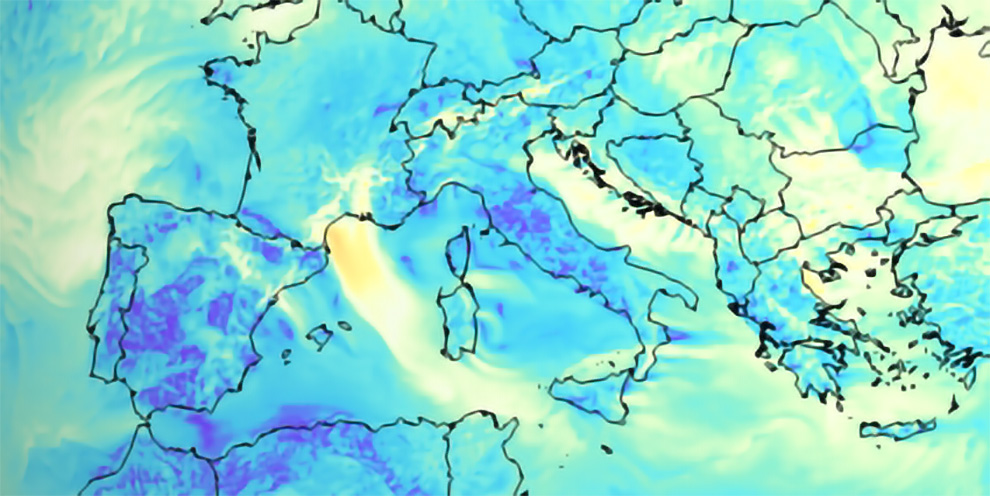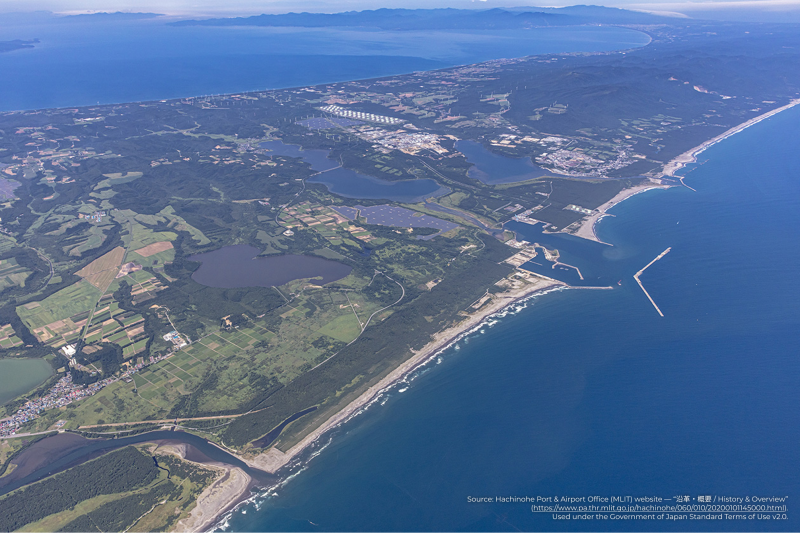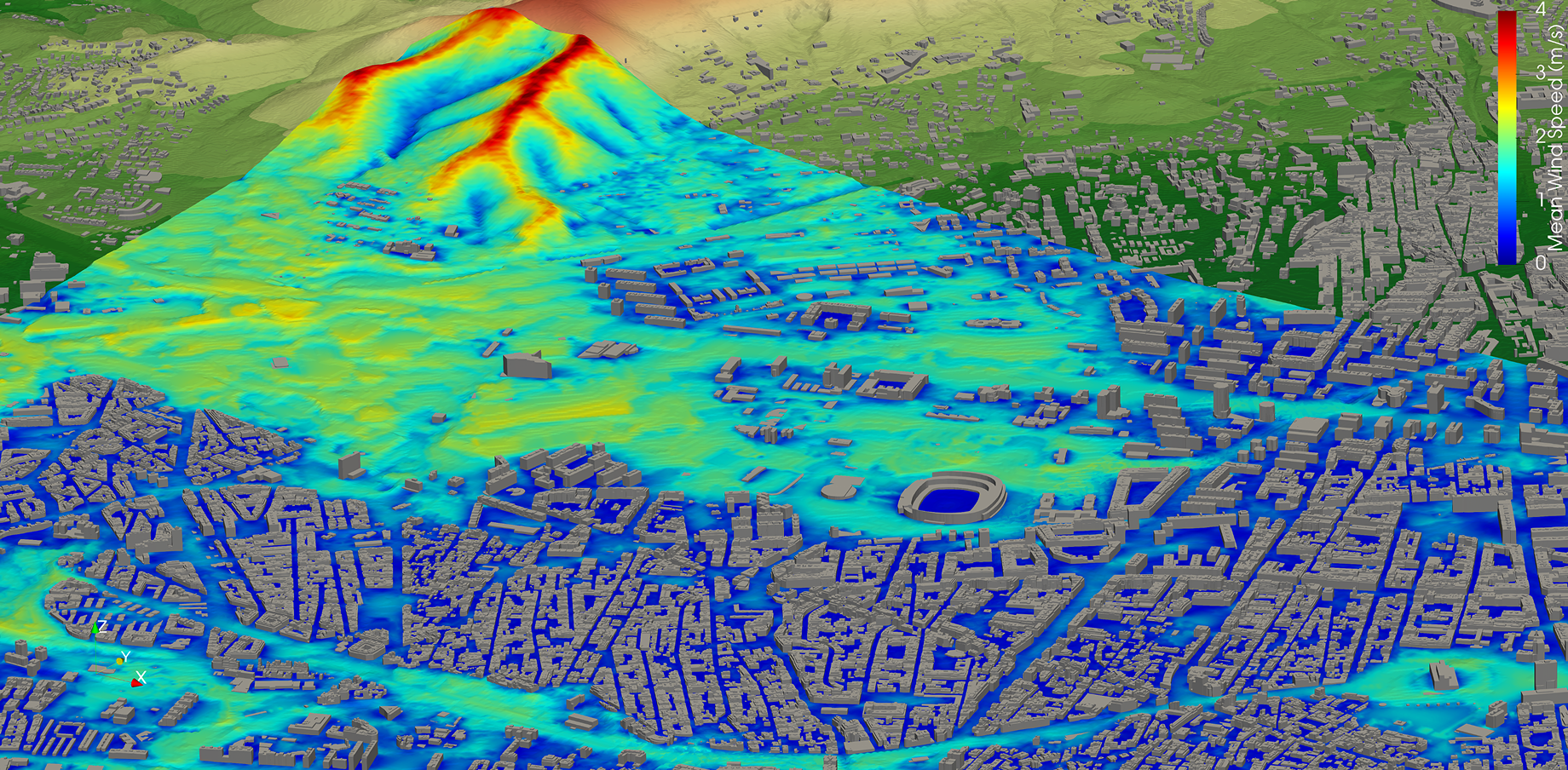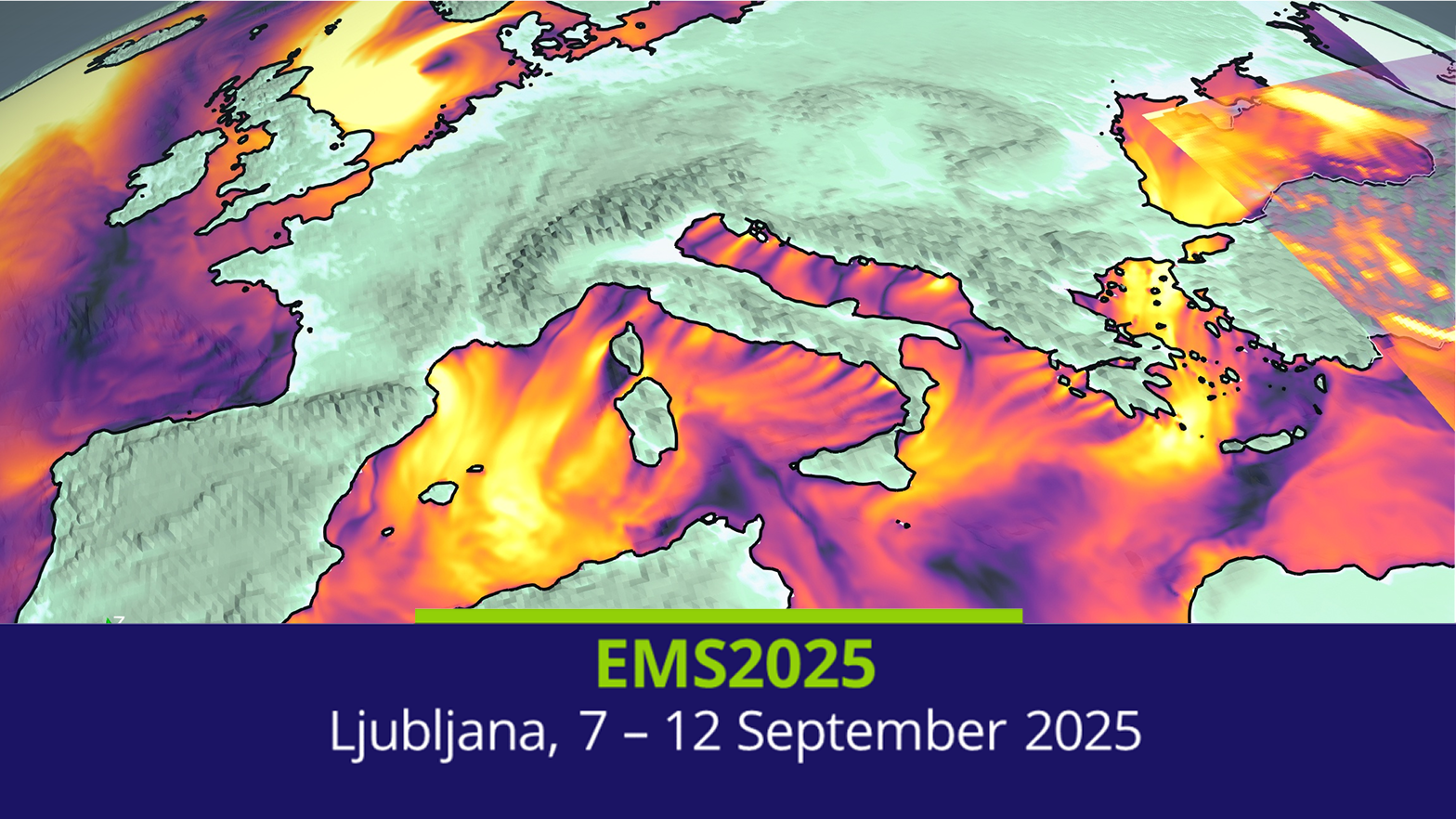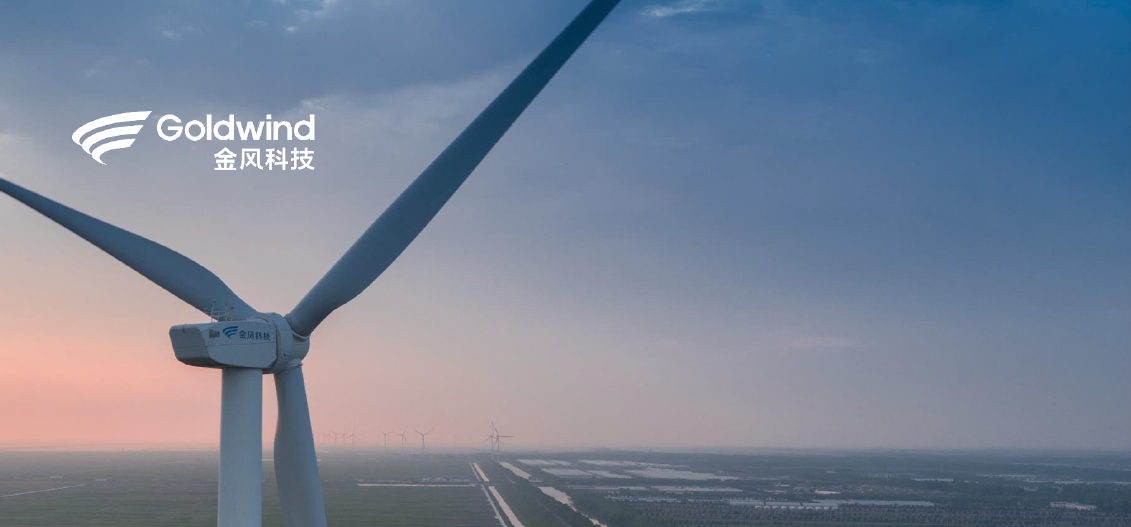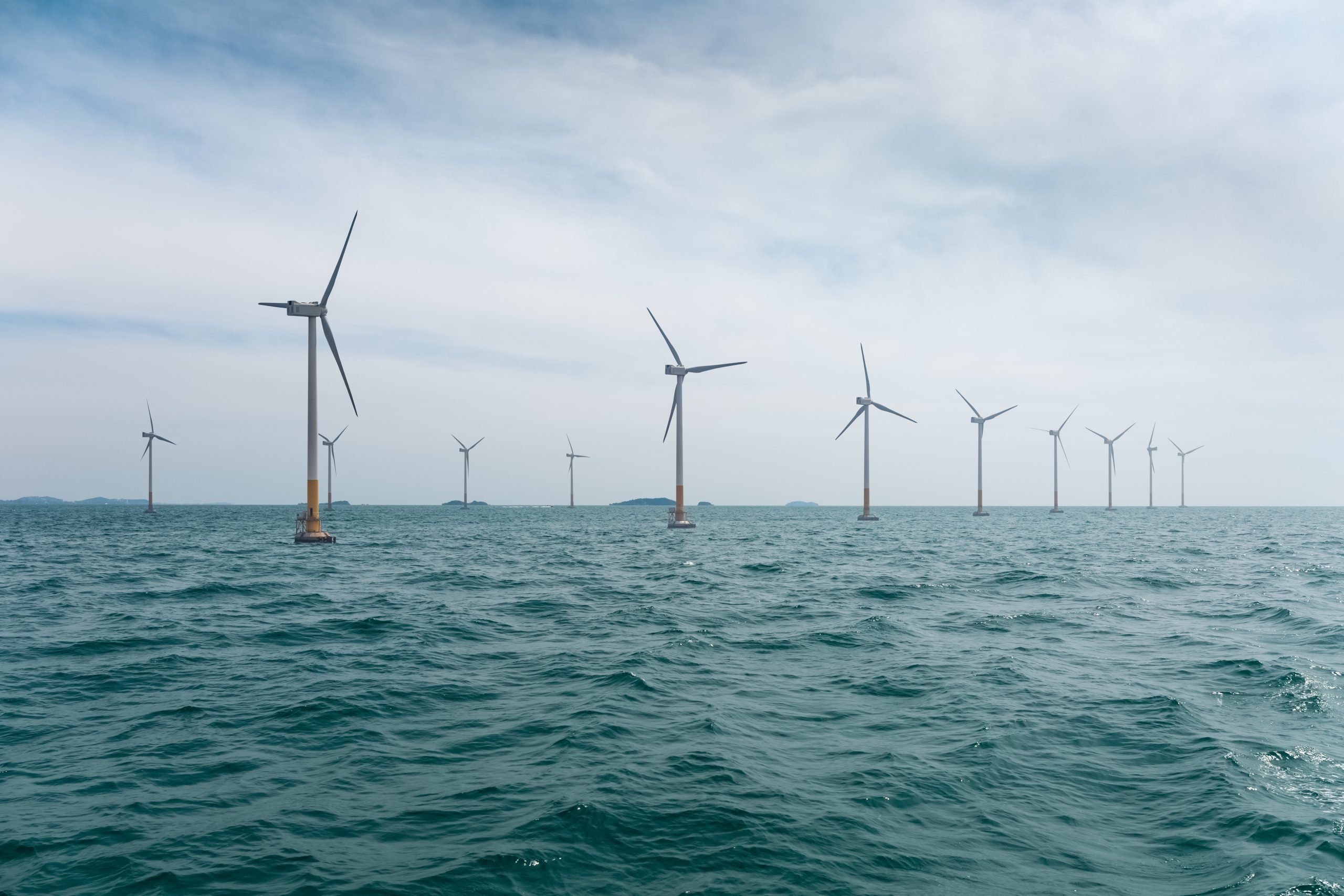Our latest news
Search filters
Meteodyn delivers high-resolution wind data online with the launch of its Wind Data Portal
PRESS RELEASE, DECEMBER 2025 Meteodyn delivers high-resolution wind data online with the launch of its Wind Data Portal Featuring Virtual and Satellite Onshore and Offshore Met Mast data with the...
METEODYN will hold a conference at Windenergietage
METEODYN will attend the Windenergietage 2025 in Potsdam, one of Germany’s key wind energy events.METEODYN will showcase several projects illustrating our software solutions and services covering...
Webinar: Applying CFD-based WRA methodology to a coastal wind project in Japan
Join us to discover the new METEODYN WT Scientific Wind Sessions, a webinar series based on real wind farm projects. The methodology used with METEODYN WT will be presented in detail on real...
UrbaWind® 3.5: Discover the new features of the upcoming version
UrbaWind® 3.5 is coming soon! This new version introduces new features and improvements to make your urban wind studies faster, more accurate, and easier to carry out. Designing an urban project...
EMS Meeting 2025: METEODYN presents an online talk
Don’t miss out on our participation in the European Meteorological Society Meeting From 7 to 12 September, Ljubljana, the Slovenian capital, will host the annual meeting of the European...
Meteodyn to Participate in the 2025 Goldwind International Wind Resource Technology Symposium
Meteodyn is pleased to announce its participation in the upcoming 2025 Goldwind International Wind Resource Technology Symposium, which will take place on July 9 in the Philippines. This is the...
Webinar: Discover Meteodyn’s New Offshore Wind Offer
Offshore wind power is expanding — and so is the need for precise, reliable wind data. To support developers and decision-makers of offshore projects, Meteodyn has developed a comprehensive new...
WindEurope Technology Workshop 2025
Heading to Istanbul! On June 19–20, 2025, the wind energy community will gather at the Hilton Istanbul Bosphorus for the WindEurope Technology Workshop 2025. Two intense days to review the latest...
Webinar: Pedestrian wind and thermal comfort
How can we accurately predict wind flows in dense and complex urban environments? How do development plans affect pedestrian comfort and safety?Join us 📅 Monday, June 16th🕒 11 AM (UTC +02:00) This...
